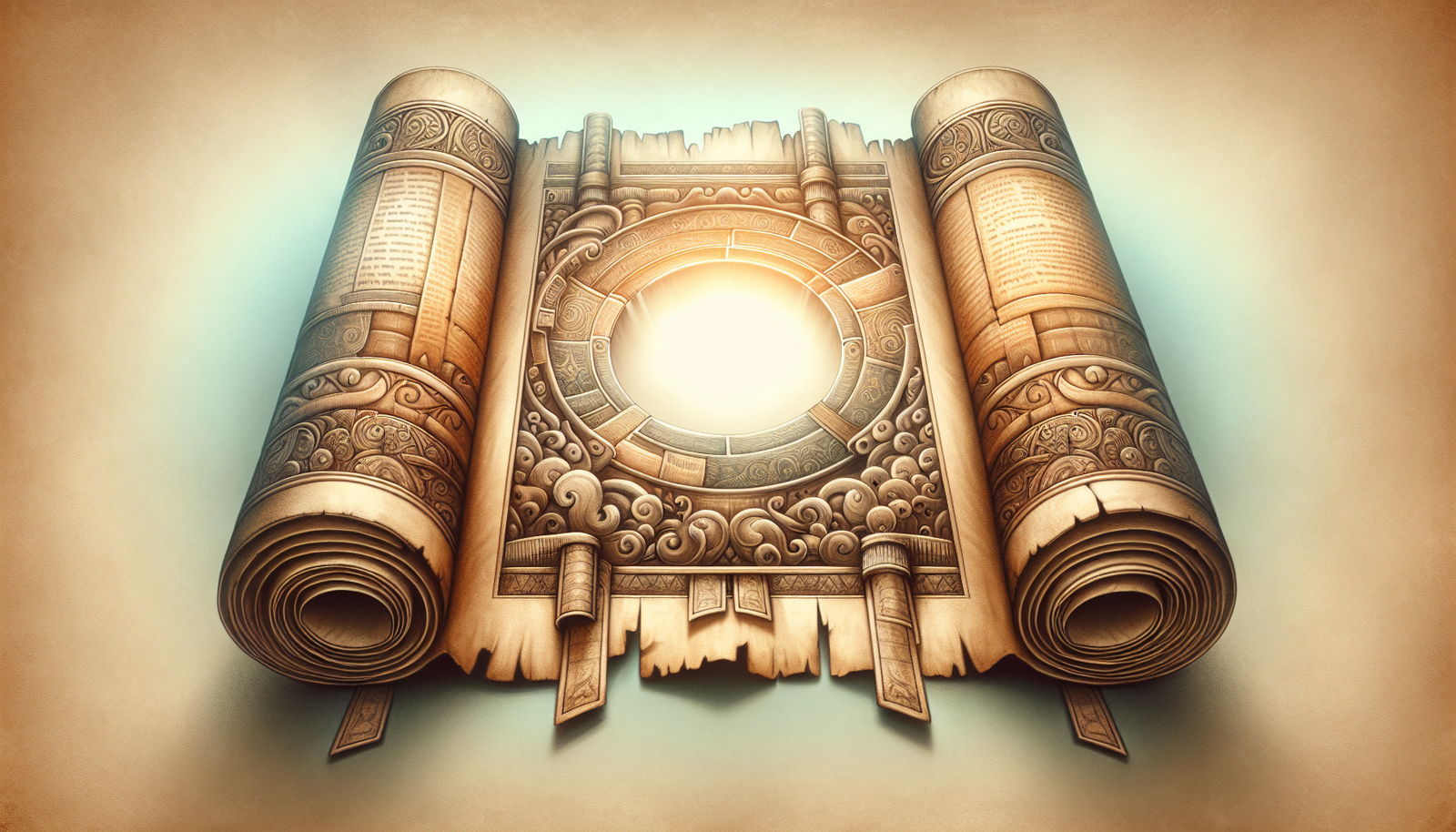Do you ever wonder why the Bible’s original manuscripts, known as the “autographs,” are not in anyone’s hands today? It’s a curious thought considering the Bible’s profound impact on cultures and civilizations over the centuries. My name is Dr. Jane Doe, and I hold a PhD in Theology. I’ve spent years researching ancient manuscripts and time in Europe’s most treasured archives—all mostly to understand biblical texts’ origins better. Understanding why the Bible’s original autographs are unavailable is more significant than ever in 2025. As historical and religious debates intensify and digital technology advances preservation techniques, knowing the stories behind these sacred texts can deepen your appreciation of history, faith, and the human journey.
TL;DR
The Bible’s original manuscripts are missing primarily due to the materials used and the passage of time. The manuscripts were written on perishable materials like papyrus and parchment, which understandably could not withstand the centuries. Furthermore, the need for dissemination led to copying, where scribes reproduced texts before the originals degraded. Modern technology and scholarship rely on numerous existing copies and fragments to reconstruct the biblical texts faithfully. Understanding this process is crucial in appreciating the Bible’s historical and spiritual depth.

Why Original Manuscripts Were Never Found
The absence of the Bible’s original autographs is due to several factors related to the materials and methods used by early scribes.
Limitations of Papyrus and Parchment
- Papyrus: This was the main writing material in biblical times, especially in Egypt. However, it is highly susceptible to decay due to its organic nature.
- Parchment: Made from animal skins, its durability is better than papyrus, yet environmental conditions and human handling contribute to its degradation over time.
- Environmental Factors: In regions with high humidity and temperature fluctuations, like the Near East, the deterioration of materials is accelerated.
The Human Element in Preservation
- Scribe Culture: Given the importance of the text and its transmission, scribes committed to meticulously copying the scriptures, leading to widespread copies, but none of which were the “first.”
- Transmission Practices: As the early Christian church expanded, texts needed to be copied and distributed. This practice inevitably led to the originals’ wear and eventual loss.
Citing Historical Evidence
According to Metzger and Ehrman’s “The Text of the New Testament,” the sheer number of manuscript copies, particularly of the New Testament, shows the process of transmission and copying over the centuries. The standard practice was to copy texts by hand, which, though thorough, was imperfect.
The Role of Historical Events
Historical events played a significant role in the disappearance of these manuscripts, shaping how these texts were preserved and transmitted to future generations.
Early Christian Persecution
- Roman Persecutions: Early Christians faced significant persecution, leading to the secretive circulation of scriptures, oftentimes risking destruction.
- Edict of Diocletian: The Great Persecution under Diocletian specifically targeted Christian texts for destruction in the 3rd century, resulting in many lost documents.
Wars and Conquests
- Fall of Jerusalem (70 A.D.): The destruction of Jerusalem meant the obliteration of many possible storage locations for original texts.
- Crusades and Later Conflicts: Each upheaval brought looting or destruction of libraries, leading to loss or severe damage to existing texts.
Efforts at Reconstruction
Despite lost originals, faithful transcription has aimed for textual preservation. Methods like textual criticism have been instrumental:
- Comparative Analysis: Scholars compare textual variants found in different copies to construct what might have been the original wording.
- Archaeological Discoveries: Finds like the Dead Sea Scrolls offer manuscripts closer in time to the originals, providing crucial insights into textual evolution.

Manifold Manuscript Copies Over Centuries
Throughout time, hundreds of thousands of copies and fragments have been discovered, each offering a glimpse of the biblical texts across centuries.
Manuscript Archaeology
- Codex Sinaiticus: One of the oldest complete copies of the New Testament, discovered at St. Catherine’s Monastery in the Sinai.
- Masoretic Text: The authoritative Hebrew text for Judaism, resulting from meticulous transcription practices by medieval scribes.
| Manuscript | Date (approx.) | Importance |
|---|---|---|
| Codex Vaticanus | 4th century AD | Earliest complete Old Testament in Greek. |
| Codex Alexandrinus | 5th century AD | Key Alexandrian text for the Old and New Testaments. |
| Dead Sea Scrolls | 3rd century BCE to 1st century AD | Provide insight into Hebrew Bible texts. |
Technological Aids in Textual Reconstruction
Today’s technology has heightened manuscript studies, offering new ways to reconstruct textual history:
- Digital Imaging: Enhances faint writings not visible to the naked eye, preserving content in digital form.
- Textual Criticism Software: Facilitates comparison across thousands of textual witnesses, including minor variants.
Why This Matters in 2025
In a world more digitally connected yet historically curious, understanding the absence of the Bible’s originals remains relevant.
Faith and Scholarship
- Interfaith Dialogue: Accurate biblical texts are pivotal for conversations among faiths, seeking shared roots or differing interpretations.
- Academic Integrity: In historical and theological fields, the methodical reconstruction allows for truthful investigation.
Cultural Resonance
- The stories within these texts continue to inspire art, legislation, and personal belief systems, making the integrity of their transmission essential for maintaining cultural heritage.
FAQs
What are the original autographs of the Bible?
The original autographs are the first-ever manuscripts penned by the biblical authors themselves. Unfortunately, none exist today due to the organic materials used and the passage of time.
How many Bible manuscripts exist today?
There are over 5,800 Greek New Testament manuscripts and more than 10,000 manuscripts of the Hebrew Bible, alongside numerous translations.
How does the loss of originals affect biblical interpretation?
Without originals, interpretation relies on reconstructed texts through methods like textual criticism, ensuring a high degree of accuracy by comparing existing manuscripts.
How have discoveries like the Dead Sea Scrolls helped?
Discoveries such as the Dead Sea Scrolls have brought earlier manuscript evidence to scholars, allowing them to verify textual consistency and understand variant traditions.
Why do some manuscripts differ from others?
Differences arise from the manual copying process, where human error or intentional changes were possible, reflecting linguistic, cultural, or theological shifts.
People Also Ask
Why did scribes copy the Bible so diligently?
Scribes viewed the Bible as sacred, thus ensuring the preservation of the divine message with as much accuracy as humanly possible.
How are biblical manuscripts preserved now?
Digital imaging and careful conservation practices in libraries and museums preserve manuscripts today, enabling access and study without physical handling.
Do modern Bibles contain errors due to lost originals?
Modern Bibles are meticulously edited versions that incorporate findings from extensive manuscript comparisons to avoid errors and reflect an accurate text.
Are there still undiscovered biblical manuscripts?
While major discoveries are less common today, the possibility of unidentified manuscripts or fragments remains, especially in unexplored archaeological sites.
What role does technology play in preserving biblical texts today?
Technology, particularly digital imaging, enables clearer visualization of faded texts and greater access to scholars worldwide, aiding preservation and study.




